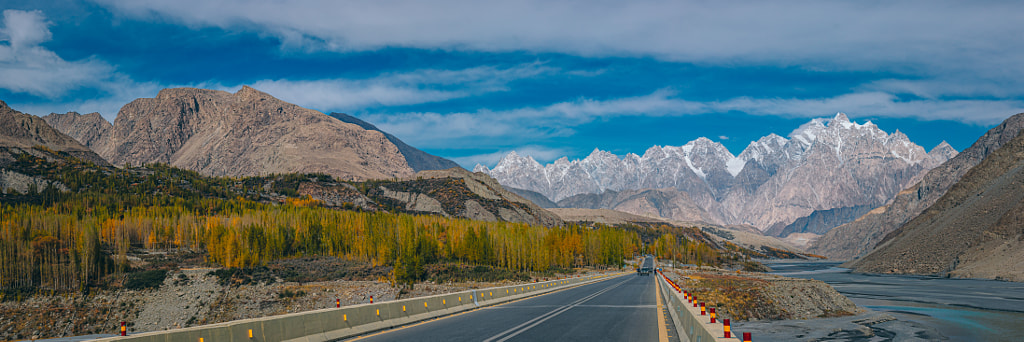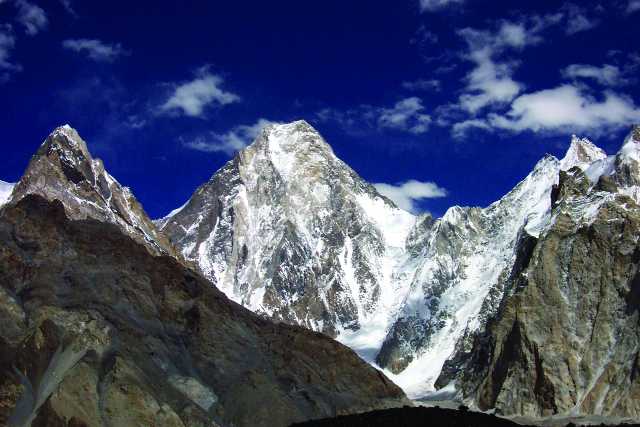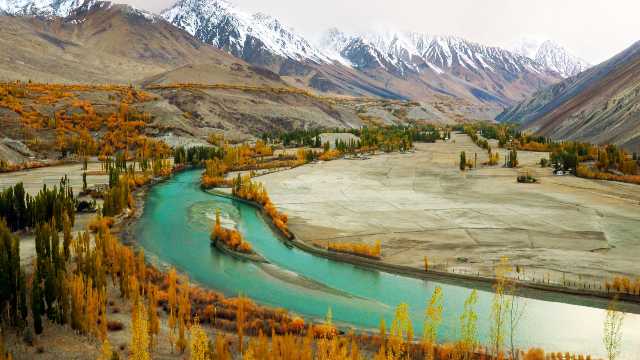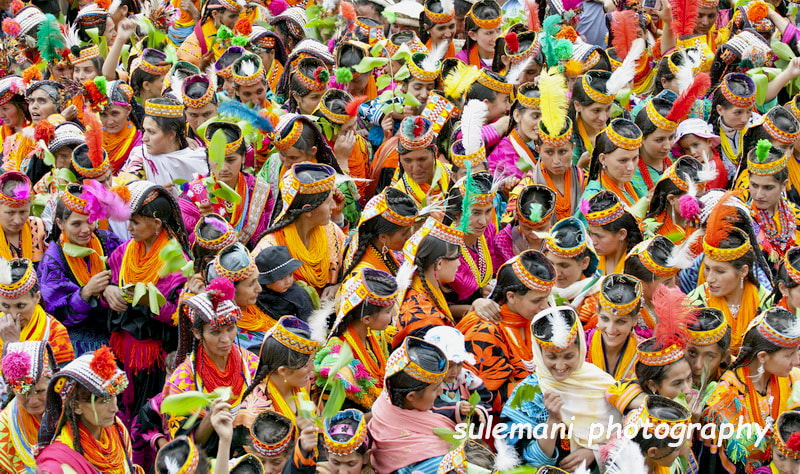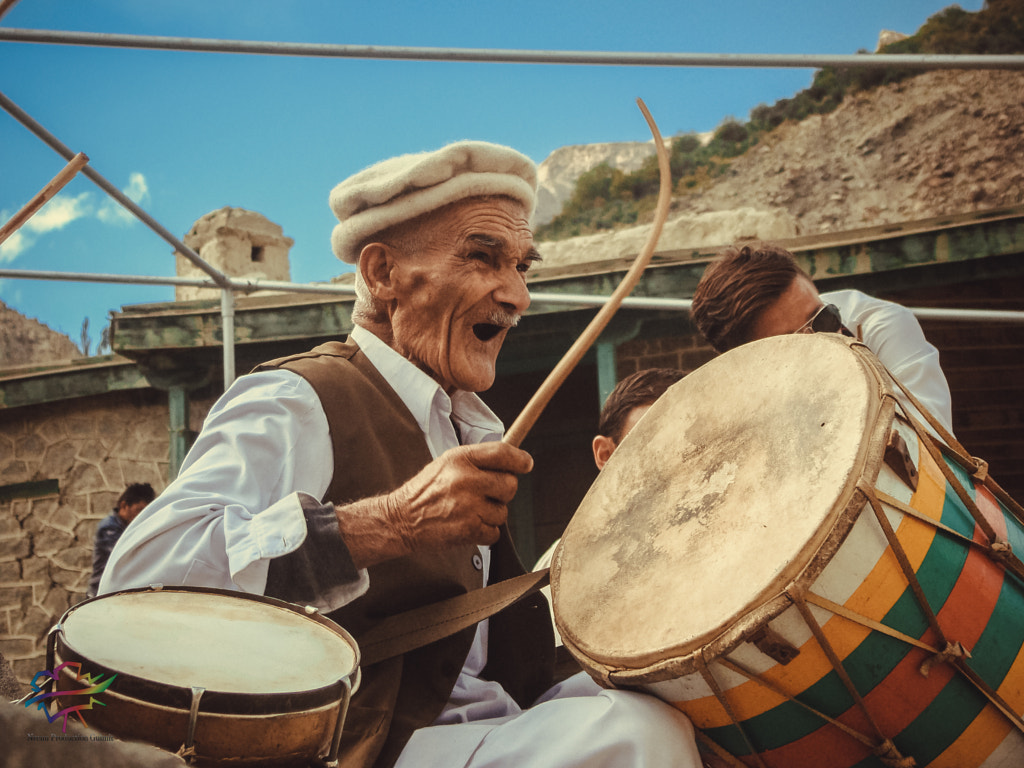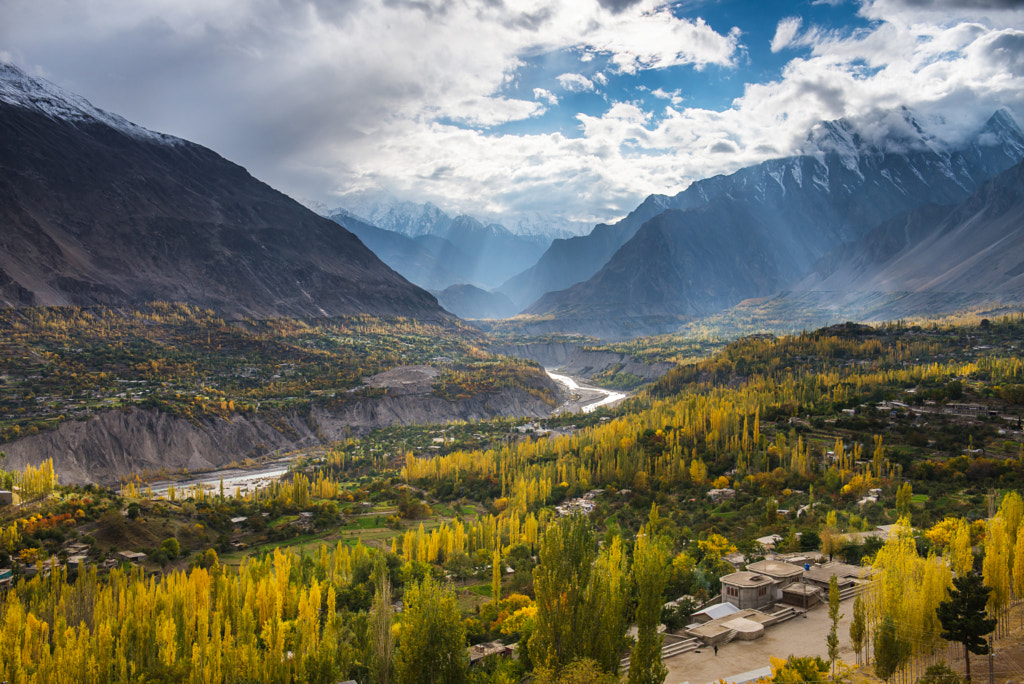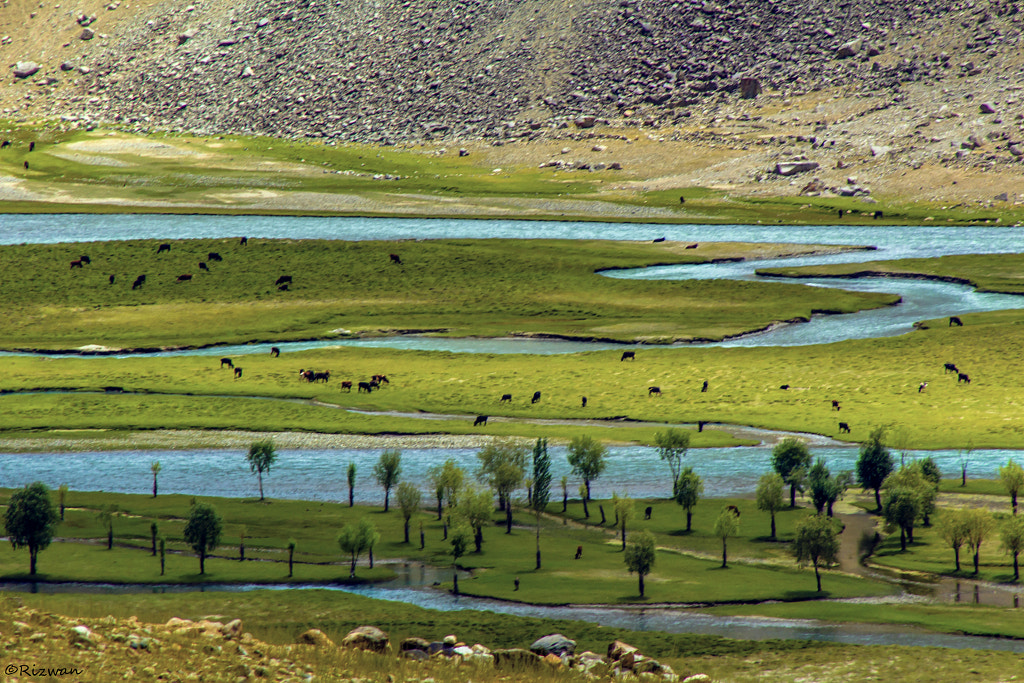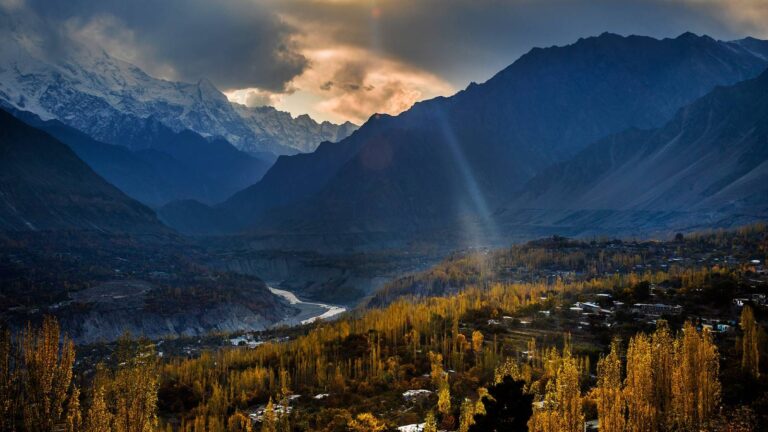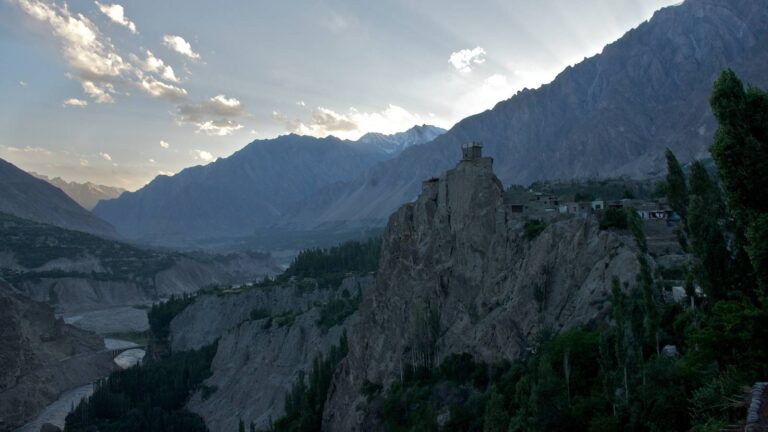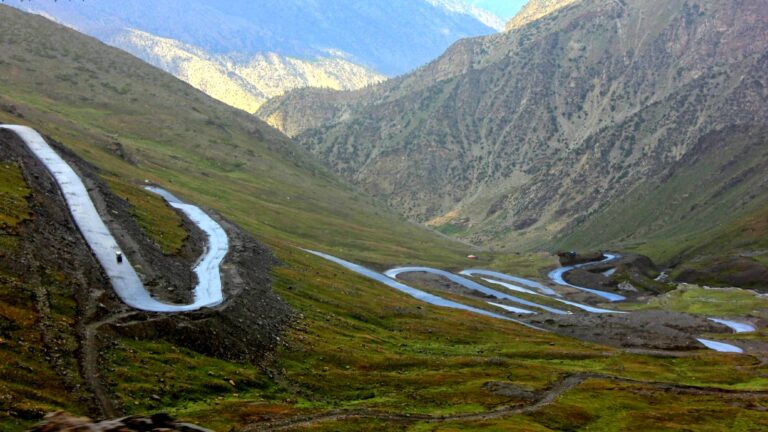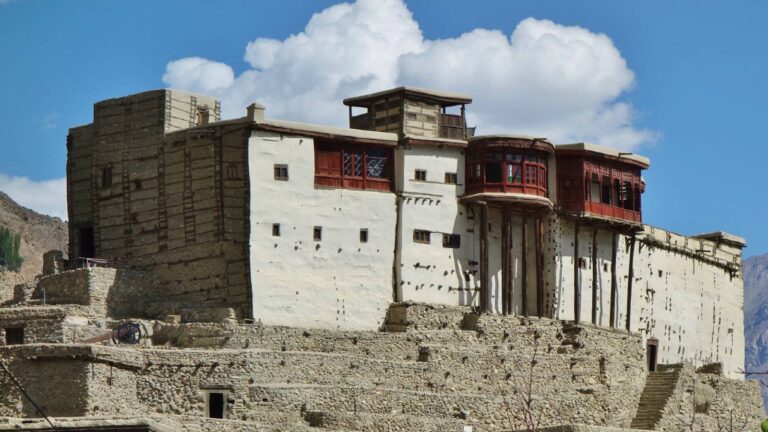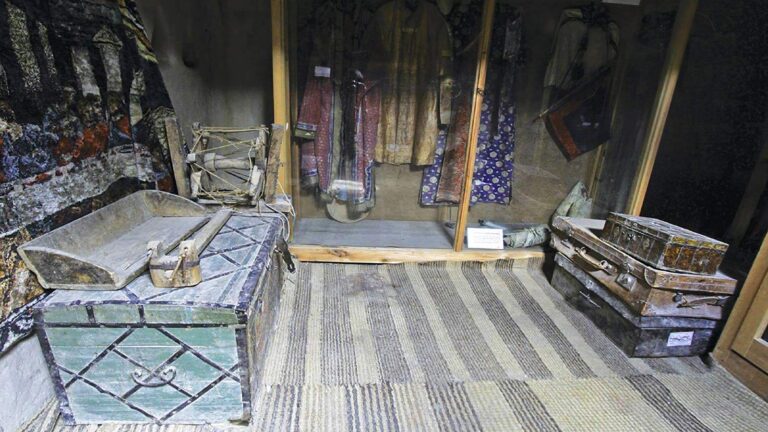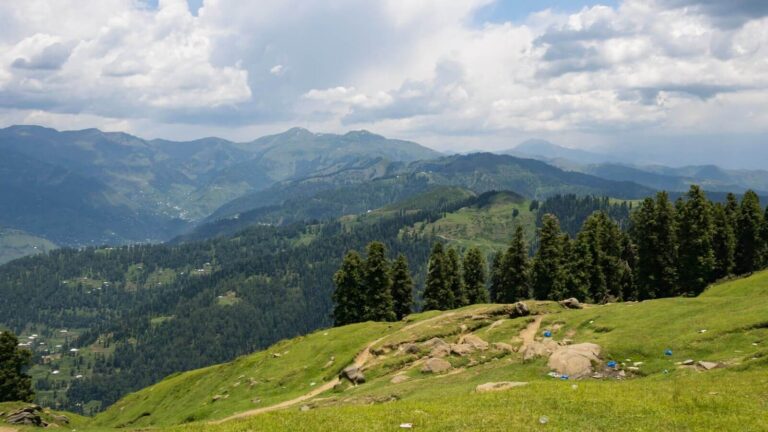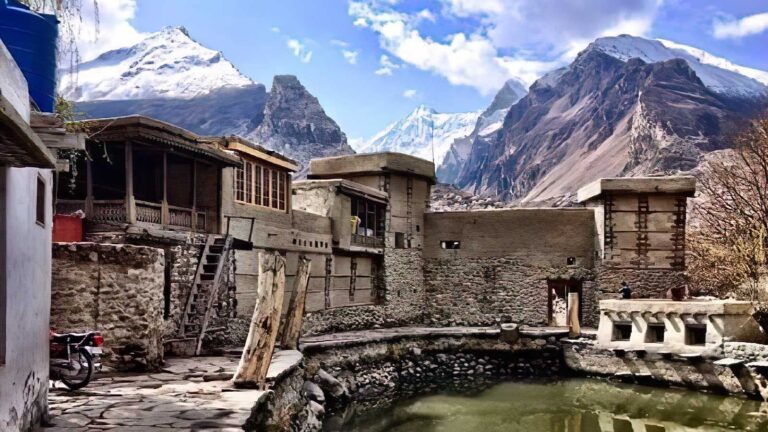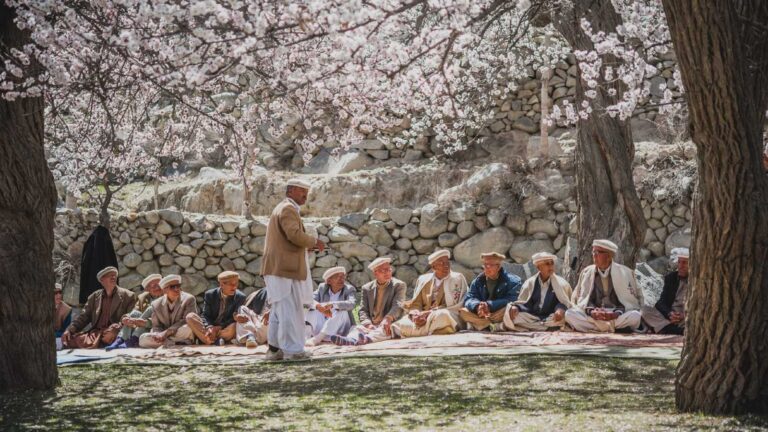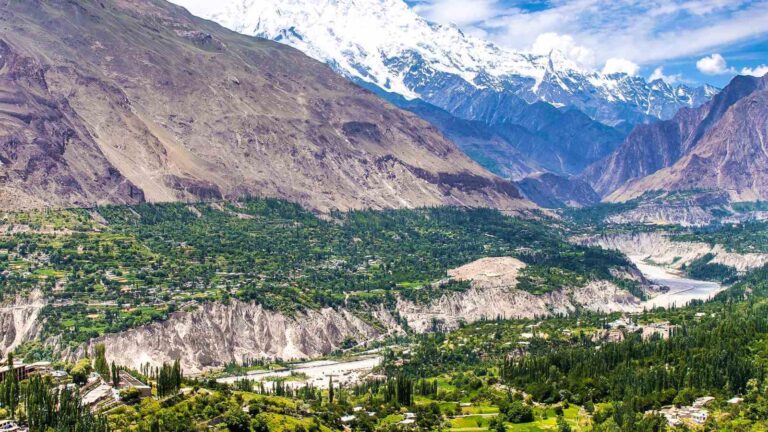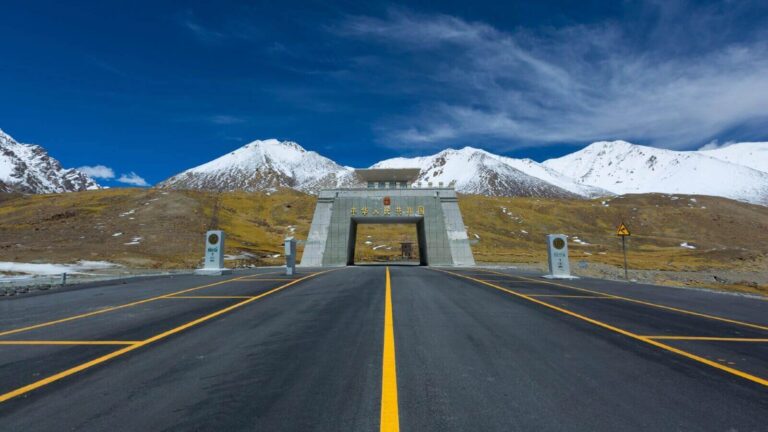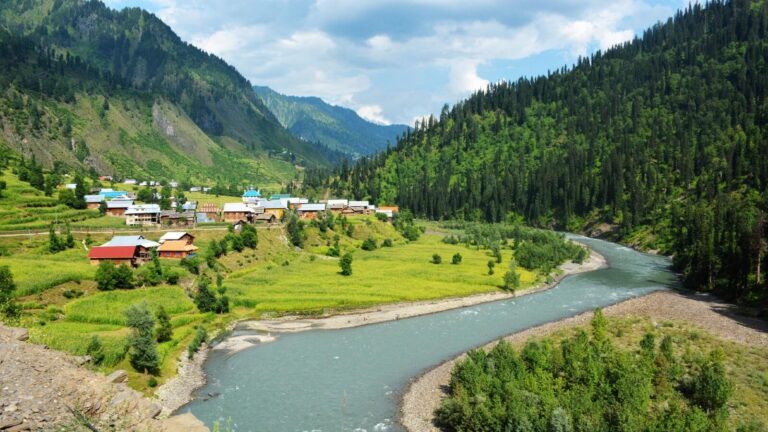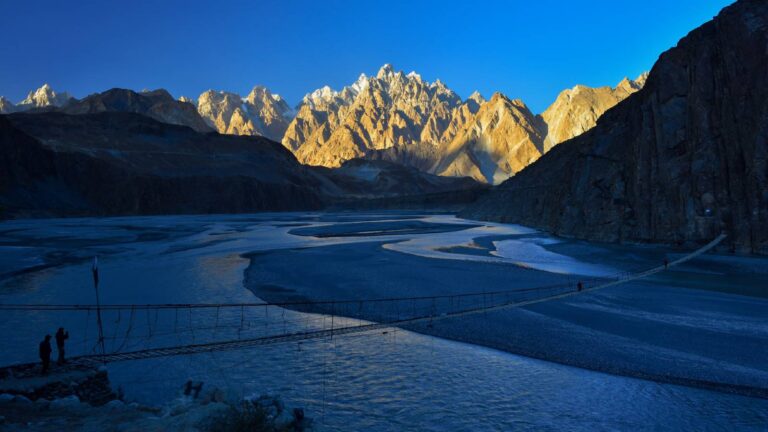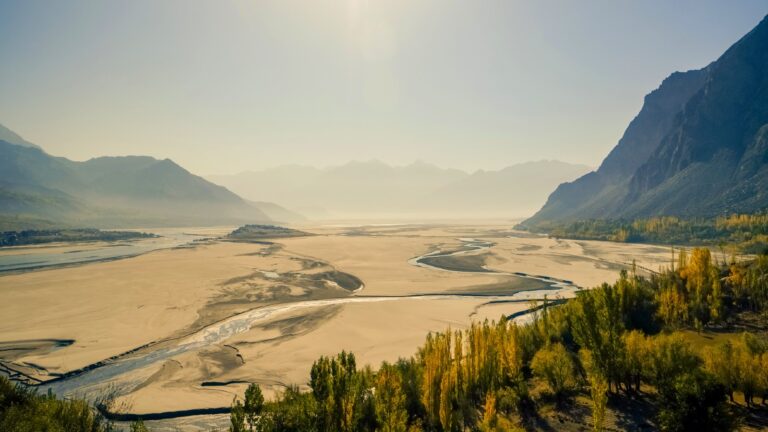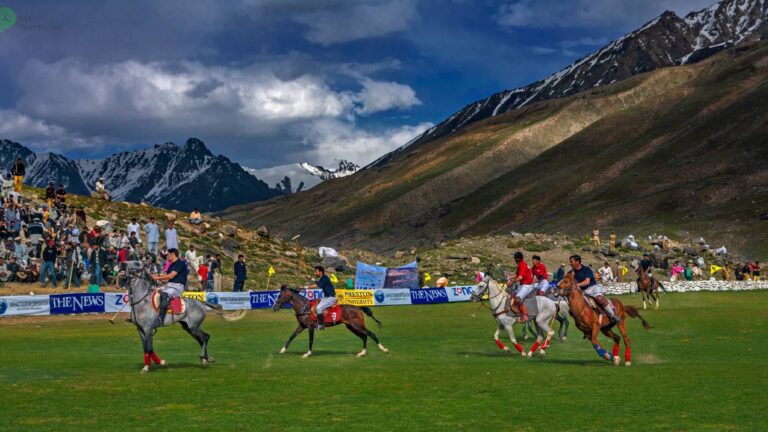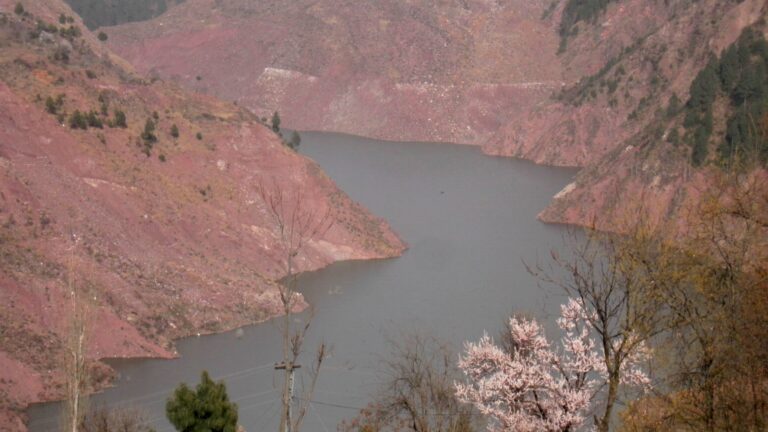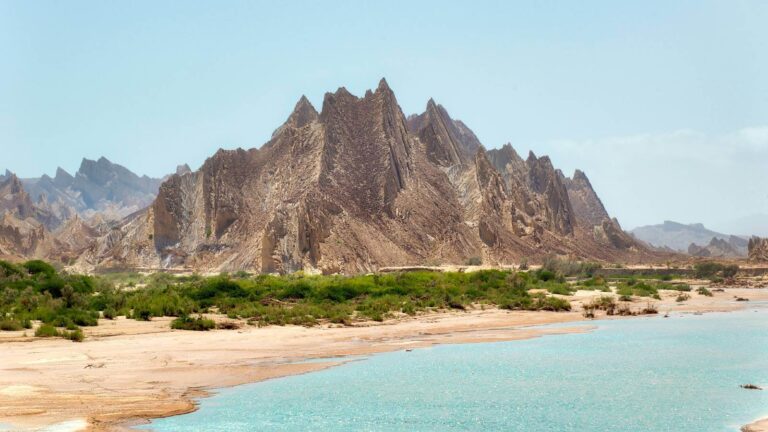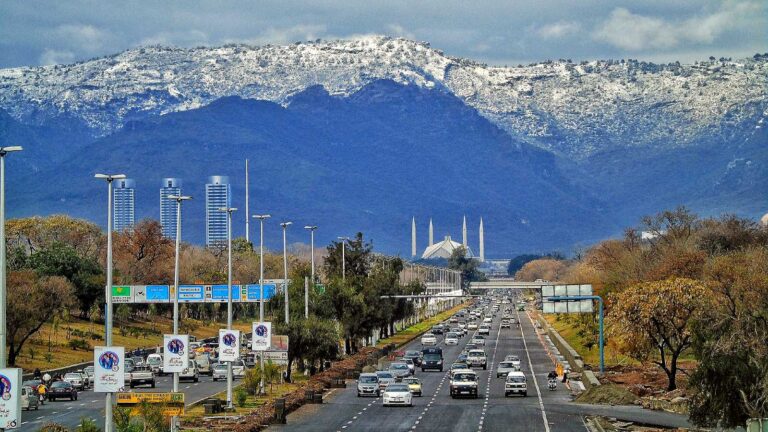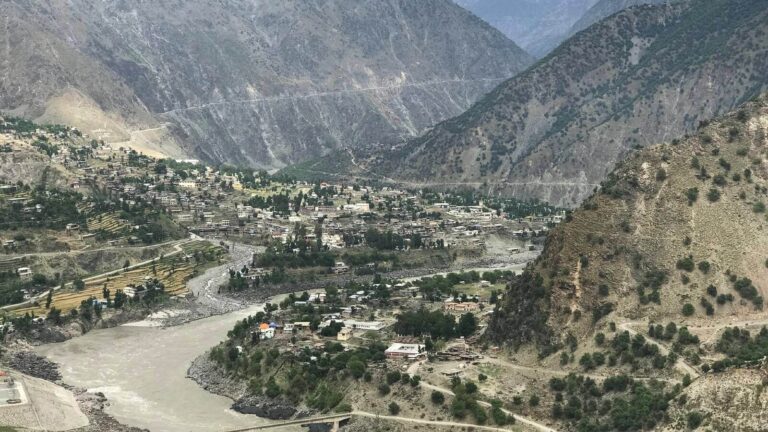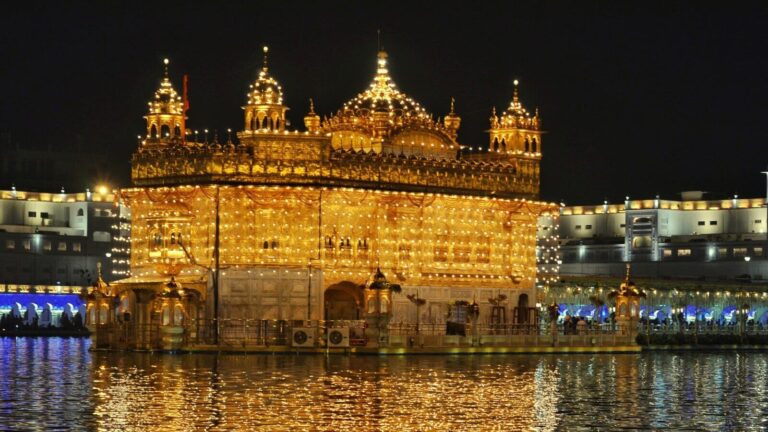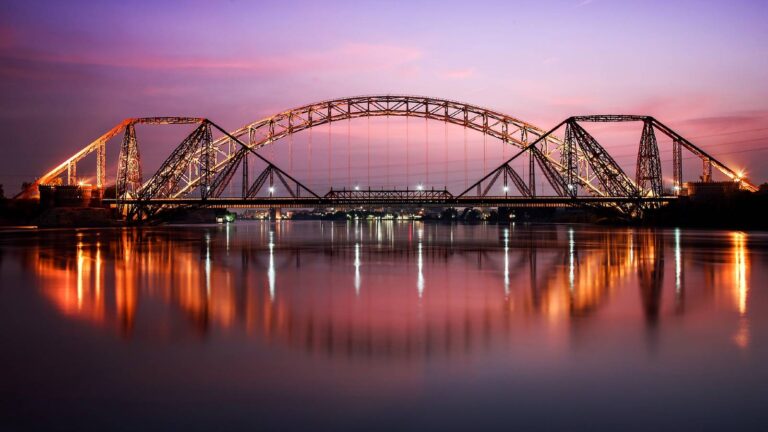There are two ways to travel from Islamabad to Northern-Pakistan i.e. by air and by road:
- By air (Islamabad to Gilgit/Skardu, via PIA Rs. 9000 to 19000 variation; time: 1 hour)
- By road via Bus (Islamabad to Gilgit/Skardu via public transport Rs. 3500 variation; time: 18 hours)
- By road via Car (Islamabad to Gilgit/Skardu Rs. 4000 to 7000 per person; time: 13 hours)
Gilgit-Baltistan, which previously known as the Northern Areas is a mountainous terrain covering a territory of 72,496 km² that borders Afghanistan Wakhan to the north, Xingjian province of China to the northeast, Indian administered Jammu and Kashmir to the southeast and Pakistani governed territory of Azad Jammu and Kashmir in the south.
Home to about a million people, the region is special for its spatial character derived from the presence of three great mountain ranges that include the Himalayas, the Hindukush, and the Karakoram mountains. Five out of the world’s fourteen highest peaks, including the second highest peak—the K2—are present in this region. The region also contains the largest perennial glacial deposits outside the polar region. It is this character of the region that has led some to term GB as the ‘third pole’ of the world.
Mountaineering, Trekking and Hiking: The region is ideal for mountaineering, trekking and hiking.
Fishing: Lakes and rivers of GB abound in trout. Fishing permits are issued by the Fisheries Department Gilgit-Baltistan.
Flora & Fauna: Roses, lilies, pansies, willow, pine and fir trees are found in abundance. Apples, apricots, peaches, plums mulberry, walnuts and grapes are available from June to October and almonds from October to March. Wildlife: GB boasts of wildlife like Markhors, ibexes, snow leopards and birds, namely Chakors, partridges and ducks. Most of the animals and birds are protected but limited shooting is allowed.
Before the independence of Pakistan, present-day GB was part of the State of Jammu and Kashmir, one of the largest princely states of India. This state was created in 1846 after the signing of a treaty between the British and Gulab Singh of the Dogra dynasty. During the first Anglo-Sikh war (1845-1846), Gulab Singh, who was serving as the ruler of Jammu in the Sikh empire, chose to side with the British East India Company by remaining neutral. Acknowledging Singh’s loyalty during the war, in 1846, the East India Company sold Kashmir to him for 7.5 million rupees of that time. With this accord, Gulab Singh eventually became the first Maharaja of Jammu and Kashmir. The princely state of Jammu and Kashmir had four units: the province of Jammu, the province of Kashmir, the district of Gilgit and the district of Ladakh.
Present-day Baltistan was subjugated and annexed by Gulab Singh’s Dogra army earlier, in 1840, before the Treaty of Amritsar. In the new administrative set-up, Baltistan was made part of district Ladakh as Skardu tehsil. Realising the geostrategic importance of this region, and fearing a possible Russian invasion from Central Asia, the British directly intervened and created the ‘Gilgit Agency’ in order to bring the area under their control. This marked the beginning of a dual British-Dogra control in Gilgit. Civil administration remained with Dogra rulers, while military and security matters were placed directly under the control of the British Indian Government.
The main aim of the British Indian Empire was to protect its northern border. A local paramilitary force — trained, equipped and led by the British — was formed and given the name of Gilgit Scouts. In 1935, the British took over the administration of Gilgit Agency from the Dogra ruler under a 60-year lease. However, the Baltistan region remained under the direct rule of the Dogras. Two weeks before the independence of India and Pakistan, the British abruptly cancelled the lease. On July 30, 1947, the British commander-in-chief of the Kashmir army, Major Gen Scott arrived in Gilgit. He was accompanied by Brigadier Ghansara Singh, who had been sent to Gilgit by the Maharaja of Kashmir as a governor.
The British offered the State of Jammu and Kashmir to take over Gilgit, as per the lease deed. On August 1, Brig Ghansara Singh took charge of the Gilgit Agency from the British Political Agent, Col Roger Bacon. The Union Jack was removed and the region fell under the control of the Maharaja. The abrupt cancellation of the lease by Lord Mountbatten and the transfer of power to the Dogras left the Gilgit Scouts concerned about their status. With the arrival of Ghansara Singh, rumours started circulating that the Gilgit Scouts were to be replaced by the Kashmir army. The Scouts were clearly against the takeover by Kashmiri troops. Serving in the Gilgit Scouts was considered a privilege among the local people. Usman Ali narrates in his book Gilgit Ka Inqilab [The Revolution of Gilgit] that, in this uncertain situation, Subedar Major Babar Khan, representing the Scouts, presented a set of demands to Ghansara Singh. The application, addressed to the Maharaja of Kashmir, included demands to elevate the status of the Gilgit Scouts, bringing it at par with the Kashmir state army; providing the Scouts similar training as that given to the state troops; bringing the salaries and facilities of the Scouts to match those of the state’s army; and increasing the number of Scouts. Sub Maj Babar pledged loyalty of the Scouts to the Maharaja if these demands were met. By that time, the Maharaja had not decided on Kashmir’s accession to either Pakistan or India. However, Sub Maj Babar’s surety meant that the Scouts would remain loyal to the Maharaja, in either case. Before and during Dogra rule, the regions of Gilgit and Baltistan were divided between small kingdoms which were ruled by rajas and mirs (local rulers).
Though there was dual administrative control of the British and the Dogra dynasty over Gilgit Agency, the rajas and mirs enjoyed considerable autonomy in their own territories. In the Scouts, officers’ ranks were awarded to the ruling elites of these kingdoms, which made the Scouts a strong voice and an actor in the future settlement of this region. However, in the wake of the British departure from the Subcontinent and independence of Pakistan and India, the Gilgit Scouts showed opposition to the new ruler of the Agency as they were uncertain about their status.
With the end of British rule in sight, uprisings began against the Maharaja in different parts of Kashmir. Amid fear of Muslim uprisings in Kashmir and the rebels’ advance, the Maharaja, on October 27, 1947, declared the accession of Kashmir to India. After accession, Gilgit was caught in an uncertain situation about its future. The Gilgit Scouts, who had already formed a Revolutionary Council, initiated a revolt against Dogra rule on October 31, 1947. The Kashmiri troops were stationed in Bunji, an area near Gilgit, which was the garrison of the Maharaja’s army. The Muslim soldiers of the army led by Mirza Hasan Khan attacked the Sikh companies at Bunji, who then fled from the mountains towards Rondu in Baltistan.
Governor Ghansara Singh surrendered to Sub Maj Babar after some resistance. As a result of this revolt, the areas surrounding Gilgit were liberated from Dogra rule. An independent state, the ‘Islamic Republic of Gilgit’, was declared on November 1, 1947, and a provisional government was formed in Gilgit. The revolutionary government designated Raja Shah Raees Khan of Gilgit as president, and Col Mirza Hasan Khan as the chief of the armed forces. After 15 days of independence, Gilgit acceded to Pakistan unconditionally. On November 16, 1947, the representative of the Government of Pakistan, Sardar Mohammad Alam Khan, arrived in Gilgit and took charge as the Political Agent.
Meanwhile, the Raja of Rondu, Mohammad Ali Khan, organised the populace with meager resources to fight against the Sikh troops who had reached there. Numerous troops were killed in the battle, and many were arrested and sent to Gilgit. The Raja of Rondu later wrote a letter and invited the Gilgit Scouts to liberate Baltistan from Dogra Raj, as there was no organised local force in the area.
Celebrations and Festivals
Most of these below mentioned festivals are held every year.
- Silk Route Cultural Festival
- Khunjerab-Pamir Cultural Festival
- Pakistan Independent Day Celebration
- Ginani Festival
- Baba Ghundi Festival, Chipursan
- Eid-Ul-Azha
- Eid-Ul-Fitr
- Eid-Ul-MeladulNabi
- Nowroz festival
- Shab-e Barat
- Shab-e-Miraj
- EidGhadeer
- Salgira-e- Imam ZmanMubar (Birthday of Agha khan)
- Mayfung festival
- Pakistan Independent Day Celebration
- Eid-e-Nouroz
Based on temperature, the region has been divided into three distinct climate regions, namely, mild, cool, and cold. Whereas, based on precipitation, it classified into arid, semi-arid and undifferentiated highlands. Chilas is the hottest area of the province, while Astore and Skardu are the coldest. There are four rainy seasons, namely winter, pre-monsoon, monsoon, and post monsoon precipitation. The highest precipitation in the area is observed at Astore, while the lowest at Gupis. The relative humidity is below 55% throughout the year and causes chill with low temperature and cracking in human skins.
Based on the variability of weather elements, the province has been divided into three macro, three meso and six micro climate regions. Furthermore, the climate of Gilgit-Baltistan varies from region to region, since the surrounding mountain ranges create sharp variations in weather. The eastern part has the moist zone of the western Himalayas, but going toward Karakoram and Hindu Kush, the climate gets considerably drier. There are towns like Gilgit and Chilas that are very hot during the day in summer yet cold at night and valleys like Astore, Khaplu, Yasin, Hunza, and Nagar, where the temperatures are cold even in summer
Although majority of local population of GB depends on agriculture and livestock, GB has a cold and dry climate and is rich in water resources. Fruits such as apricots, apples, grapes, pears and pomegranate are widely produced in this region. Dried fruits and nuts are another source of income.
This region is ideal for growth of temperate fruits and vegetable and has a low insect, disease, and pest population. In similar way, the GB has enormous deposit of precious mineral, but it is exporting to other area in raw form. The public investment in mining sector can play important role in employment generation. The tourism & hospitality sector has a potential for employment generation, but the positive impact of CPEC can surplus the demand of skilled workforce in the region.

